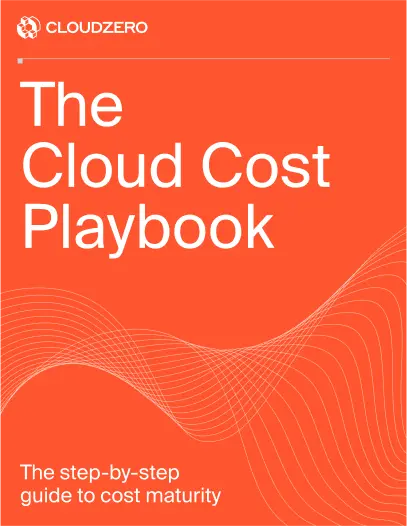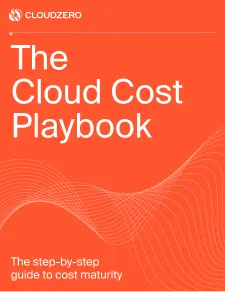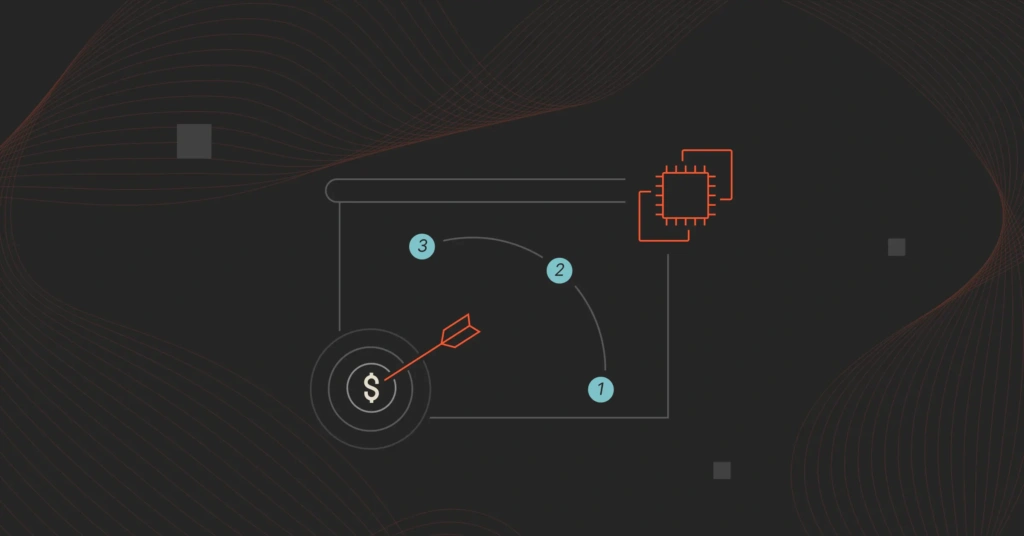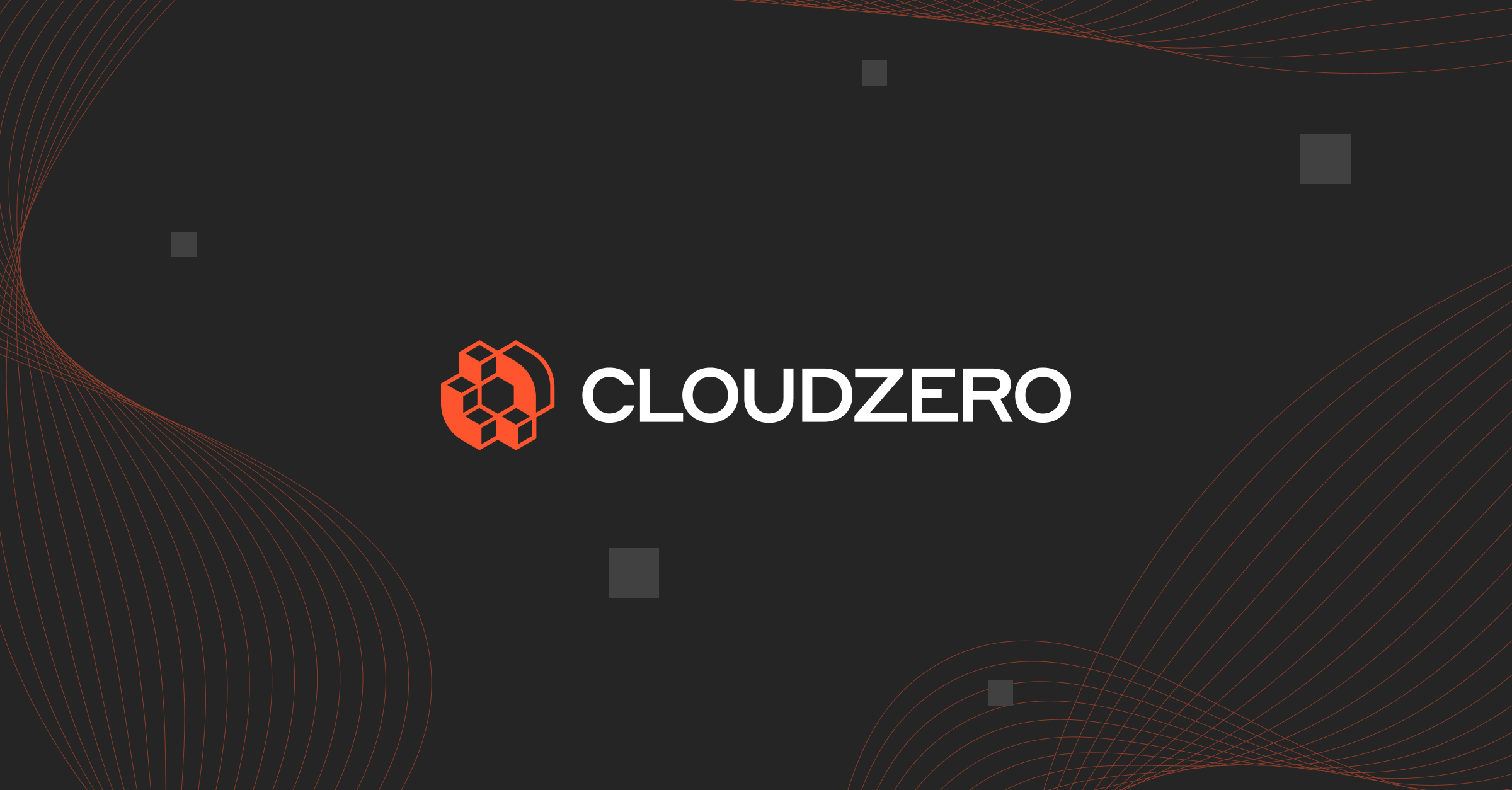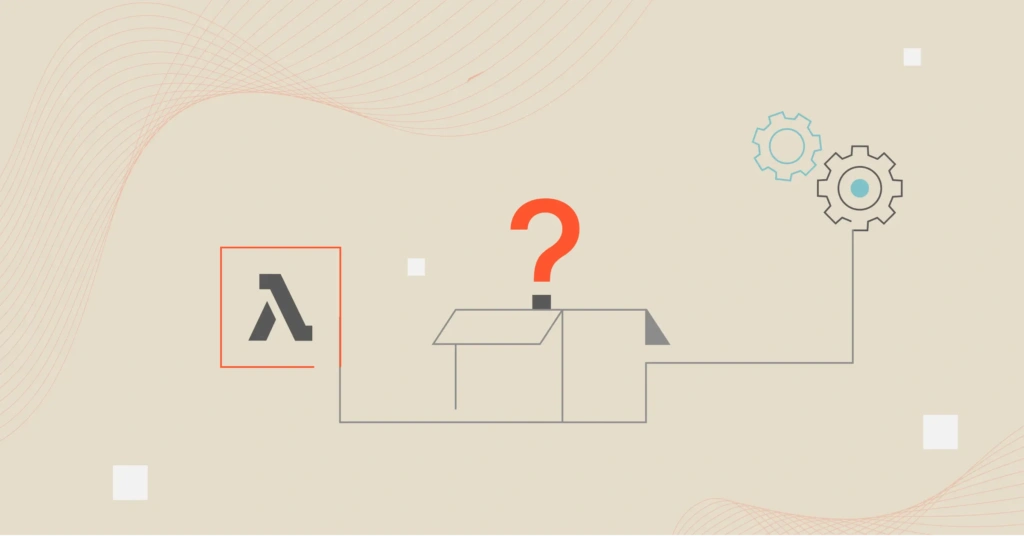I’ve seen firsthand how persona-centric FinOps creates realized savings through synergy.
I’m a Certified AWS Solutions Architect, FinOps Engineer, and Customer Success leader who’s had the joy of turning cloud confusion into clarity. I’ve added a customer story below — but hold up, we’ve got onboarding optimizing to do.
Over the past few years, I’ve combined technical expertise with cultural insight to help teams reduce spend, scale smarter and most importantly, work better together. That includes building CloudZero Academy to earning FinOps certifications with a few MVP awards along the way.
I’ll unpack those lessons right here for you, from onboarding frameworks to the cultural ROI of trust and collaboration.
Let’s start with one of the most overlooked keys to FinOps success: Realized savings starts with relating.
Across dozens of teams, the difference between fast impact and ongoing friction always comes down to this: the onboarding experience.
FinOps flows beyond tracking spend. It’s aligning people, priorities, and platforms, starting from day one. Start strong in cloud cost management and you’ll set up long-term value.
Now we’ll break down what a high-impact FinOps onboarding looks like — with real-life stories to back it up.
Speak Their Language: Persona-Centered Success
The best onboarding begins with empathy. (You thought I was going to say dashboards. What a plot twist!)
The teams you’re onboarding — engineering, finance, product — all have different incentives. FinOps succeeds when goals speak directly to each persona. For example:
- “Product team, did you know your savings go toward future features?”
- “Dev team, hit this goal and earn two weeks for innovation engineering.”
Persona-centered success is about learning what motivates teammates and then creating environments that enable them. I’ve seen hackathon incentives drive Joint Success Plan (JSP) goals much more swiftly than a stand-alone progress chart.
Time for a mini-story: One company gamified goals and awarded a hackathon day to the top-saving team.
The result? Competitive collaboration and a prototype that was fast-tracked into a real product.
Plus, the other teams didn’t ‘lose’. They could host a half-day hack-a-thon to refine their prototype into a future feature enhancement, potentially for an alpha to beta product opportunity.
Incentives drive change. I’ve seen teams light up when onboarding touches on what motivates them.
Say It Plain
Pro tip: Use plain language and speak from the persona’s POV. Speak in ways that welcome diverse minds and learning styles into the conversation. Cross-team success means ditching role-specific jargon. Terms like “heuristics,” “aggregate,” or “SWOT analysis” can isolate teammates.
A shared glossary with clear, common-language definitions helps every team feel empowered. When you use everyday language, you invite engineers, product, finance and leadership into the FinOps conversation.
I speak fluent “people”. As a FinOps partner, I’ve helped teams save millions by investing in persona-first conversations that activate optimization, in people and products.
Millions saved. That’s the power of speaking ‘people’.
Build Trust That Fuels Action
Refreshing, relatable, and relevant. That’s how you build trust that lasts.
When people trust what they see, they act with confidence. Effective onboarding strengthens that trust from day one.
Here’s how to lead with clarity and credibility:
- Post updates to relevant teams so everyone stays in the loop and aligned
- Spotlight engineering progress to refresh momentum and celebrate real traction
- Host validation workshops that invite input and strengthen shared understanding
- Demonstrate data accuracy with relatable metrics your teams actually care about
This type of transparency leads to accountability. That’s FinOps in action.
Make It Repeatable
At CloudZero, we’ve helped shape FinOps onboarding into a strategic advantage with a few key practices:
- Joint Success Plans: Aligning all personas from day one
- Playbooks: Guide collaborations with FinOps Account Managers (FAMs) for quick time to value deliverables
- Academy: Giving teams self-service FinOps tasks
- Office Hours: Creating open channels for dialogue and shared accountability
Storytime: Neon case study
Want to hear a winning onboarding story about a recent client of mine?
Once upon a time, Neon, a fast-scaling Brazilian digital bank, needed to expand FinOps ownership beyond its three-person team.
They started with just five engineers engaging with cost data. After building a CloudZero Joint Success Plan with onboarding goals focused on ease-of-use, actionable dashboards, while implementing a quick time to value playbook around unit economics, they grew to 40 monthly active engineering users in just six months.
I know, you want the secret sauce. That’s what I’m here for! Grab some tea and keep reading, hero.
Here’s how we drove 700% engineering engagement through onboarding:
- Built cost-per-card and cost-per-customer metrics to link cloud data to business value
- Used visualizations and actionable Insights that highlighted spend spikes, allowing the team to swiftly pivot from unnecessary spend
- Shared optimization wins in team meetings, encouraging engineers to find more opportunities.
But did this engagement lead to cost reduction? Yes, it did!
One engineer at Neon reduced an S3 resource cost by 77%. Another cut an EC2 instance by 40%. That kind of visible, celebrated feedback loop turned FinOps from a burden into a badge of honor. What do we call that? Again, FinOps in action!
Related: How Neon Used CloudZero To Increase Engineering Cost Ownership By 700%.
Start Smart, Win Long
Onboarding is a pivotal moment in your FinOps journey — a chance to connect people to purpose and spark sustainable savings.
Want adoption in 30 days? Start smart. Build feedback loops from day one.
Onboarding thrives when it flows with a feedback rhythm that keeps your teams learning and leveling up. Here’s a proven four-week framework designed to invite feedback, drive action, and fuel adoption:
- Week 1: Kickoff — Align goals to key personas and launch your Joint Success Plan. Use this plan as a central hub to revisit progress and refine priorities together.
- Week 2: Quick Wins — Share early value and celebrate success. Small wins create momentum and surface new ideas when the energy is high.
- Week 3: Insight Reviews — Integrate cost insights into sprint standups or team syncs. Create time and space for discussion, questions, and new discoveries.
- Week 4: The Next 30 — Plan your next phase based on what the team learned. Prioritize new goals with your now-informed, engaged, and aligned team.
Feedback loops strengthen onboarding and turn it into a continuous learning process. When people feel heard and see their input reflected, they stay engaged.
At Neon, this rhythm empowered engineers and created 44 automated dashboards. By circulating shared wins, they grew a culture where cost ownership came naturally.
That’s the story of winning with FinOps, starting with a well-planned onboarding plan.
